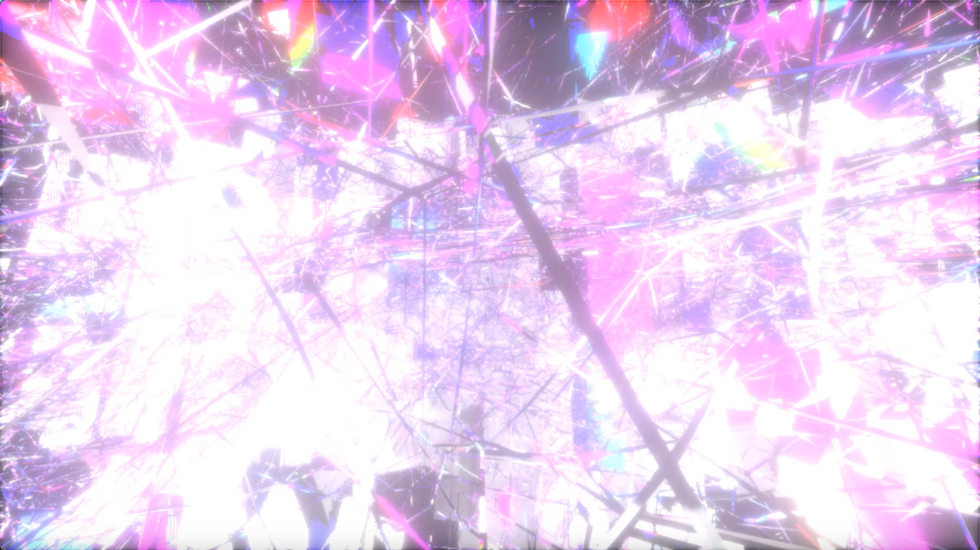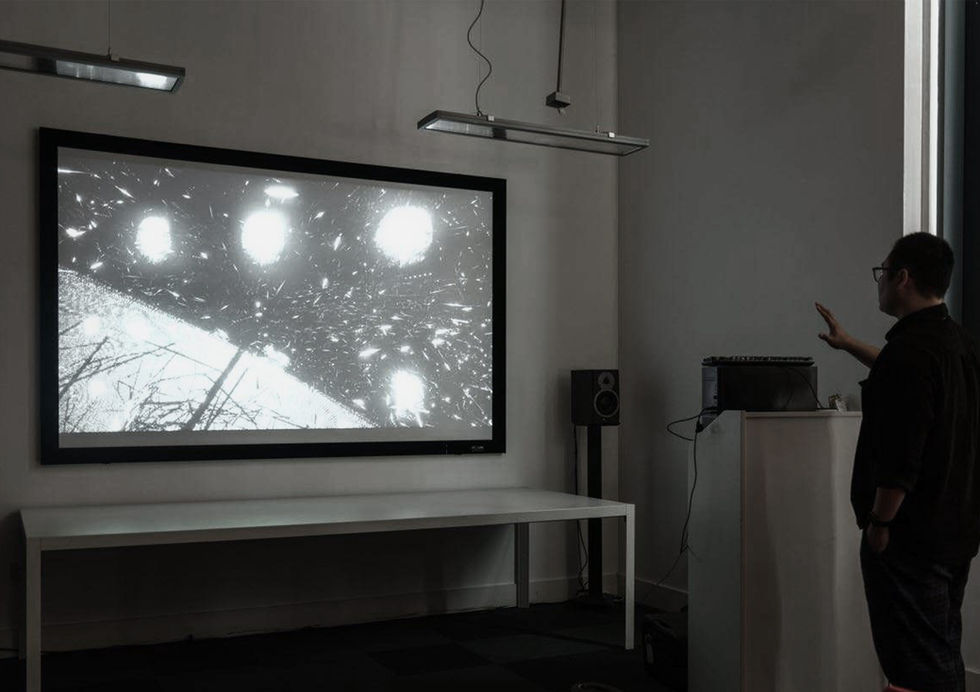Create Your First Project
Start adding your projects to your portfolio. Click on "Manage Projects" to get started
Phantom Mesh
Phantom Mesh is an interactive visual installation that explores the fragile architecture of perception, memory, and fantasy through gesture-responsive imagery. Born out of a deeply personal experience with psychological trauma, the work interrogates the elusive boundary between reality and imagination, clarity and distortion, truth and the protective fictions we construct.
When trauma fractured my sense of self, I instinctively wove a mesh of fantasies around myself—images and perceptions intended to shield me from unbearable truths. Yet over time, this protective layer transformed from shelter into prison, blurring the lines between reality and imagination. This installation mirrors that process, inviting viewers into an embodied negotiation with their own perceptual boundaries.
Constructed with real-time visual generation software (TouchDesigner) and gesture-tracking technologies, the artwork responds to the viewer’s physical interactions. Participants’ gestures do not clarify the visual structure; instead, they provoke fragmentation, distortion, and recursive illusions. The more deliberately one attempts to grasp or stabilize the image, the more elusive and fractured the structure becomes. Only in moments of surrender—when the viewer abandons control—can glimpses of coherence momentarily emerge.
Drawing on psychoanalytic theories of fantasy (Freud, Lacan), phenomenological insights into perception (Merleau-Ponty), and media-theoretical perspectives on hyperreality (Baudrillard), the installation reframes fantasy not as illusion but as a perceptual necessity—a mesh through which we continually reconstruct reality. Fantasy here is understood as neither falsehood nor truth, but as the inevitable structure of seeing in a world saturated with traumatic memory and mediated images.
Ultimately, Phantom Mesh is less an artwork about revealing hidden truths than an exploration of how meaning is generated precisely through perceptual instability. It invites viewers not to resolve their perceptual confusion, but to inhabit it, and in doing so, discover empathy for the fragile structures through which we all try—and often fail—to make sense of our experiences.




















